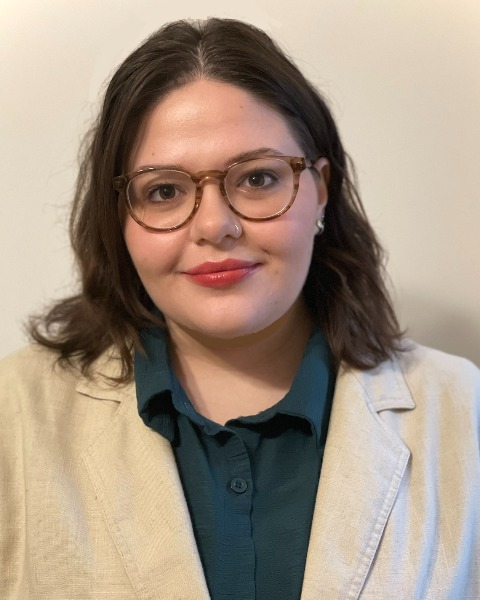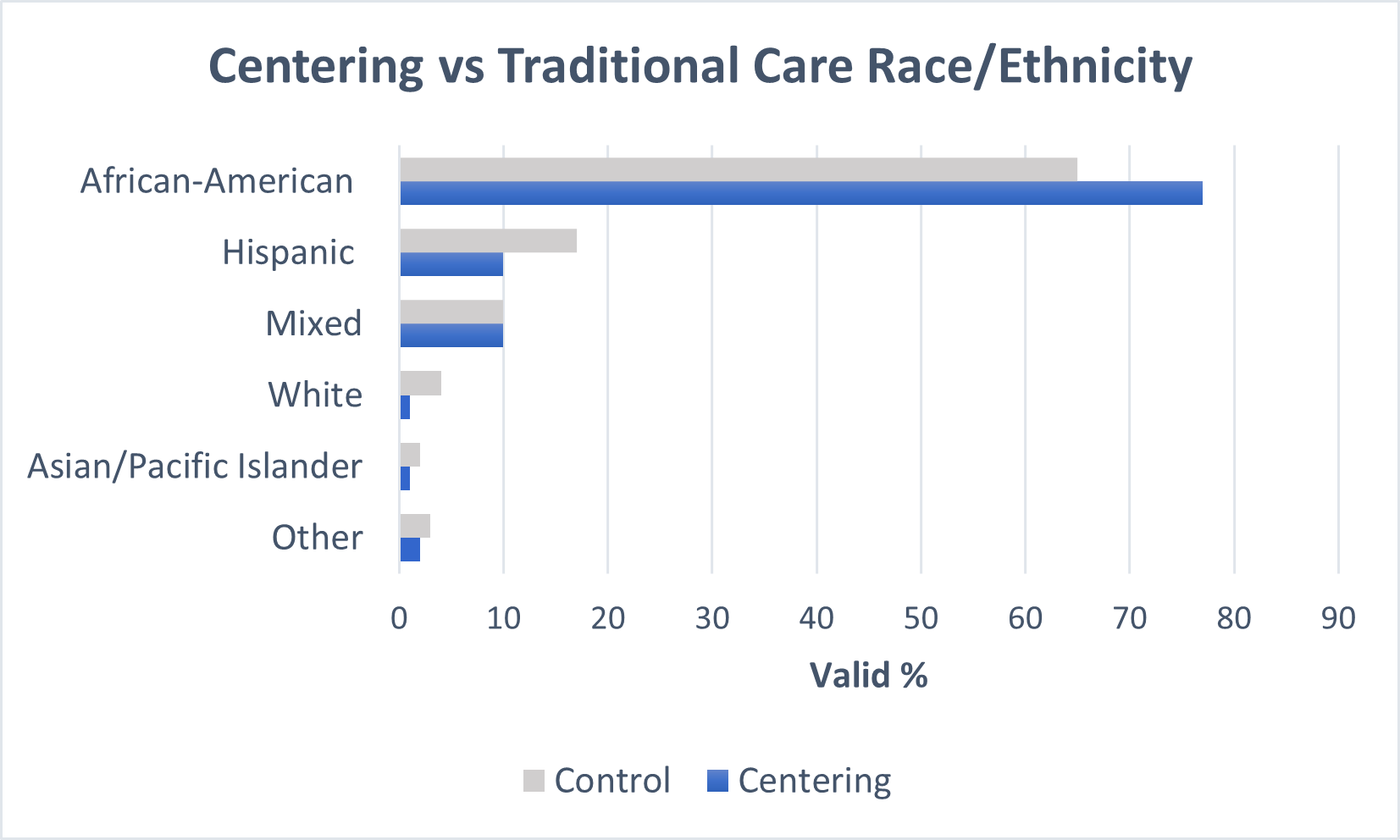Health Equity/Social Determinants of Health
Session: Health Equity/Social Determinants of Health 9
336 - Social Determinants of Health screening rates and outcomes in CenteringParenting vs traditional well-child care
Sunday, May 5, 2024
3:30 PM - 6:00 PM ET
Poster Number: 336
Publication Number: 336.2069
Publication Number: 336.2069

Caitlin Waggoner, BA (they/them/theirs)
Research Analyst
Jefferson Einstein Hospital
Philadelphia, Pennsylvania, United States
Presenting Author(s)
Background: Social determinants of health (SDOH) screenings are an integral part of well child care. CenteringParentingR is a model of family-centered well child care that promotes community by grouping 6-8 infant/parent dyads who attend shared medical appointments and discussions led by providers through the first 2 years of life.
Objective: We examined rates and results of screenings for SDOH and maternal postpartum depression in Centering visits compared to traditional well child visits.
Design/Methods: We randomly selected infants born 10/1/2014 –2/1/2019 who had 5 or more well-child visits by 2 years of age, either in Centering or the pediatric clinic of an academic medical center serving an urban, publicly-insured, minority population, for this case control study. Electronic medical records were used to investigate rates of screenings and results for SDOH and postpartum depression using the Safe Environment for Every Kid (SEEK) Parent Questionnaire at 2, 6, and 24 months, and the Edinburgh Postnatal Depression Scale (EPDS) at birth, 4, and 6 months.
Results: Compared to mothers of infants in traditional care (n=392), mothers of Centering infants (n=350) were younger (mean age 25 vs 27), and more likely to be primiparous, have participated in CenteringPregnancyR, and have a history of behavioral diagnosis or substance use (all p<.001, see graphs). Centering infants were more often publicly insured (p=.009) and were more likely to be African-American and less likely to be Hispanic than controls (p <.001). Attendance rates were similar in Centering and traditional visits.
Centering infants had higher SEEK screening rates at both 2 months (83% vs 57%, p<.0001) and 6 months (77% vs 66%, p=.003), but not 24 months. The rate of positive SEEK results at 2 months (45% vs 35%) and 6 months (37% vs 25%) were higher for Centering infants (both p < .01), but there was no difference at 24 months. Centering infants had more SEEK screenings over 2 years of well child care compared to controls (p <.0001). Centering mothers were screened more often with the EPDS at 4 months (59% vs 31%, p<.0001) and 6 months (24% vs 15%, p<.0001), but there was no difference in rates of positive results at either visit
Conclusion(s): Centering infants had higher rates of screening for SDOH and postpartum depression throughout the first year of well child care compared to those seen in traditional visits. This is important given the high-risk patient population seen in Centering. Improved SDOH screening in Centering can provide increased opportunities to address social factors that impact health outcomes for children and families.

.png)
